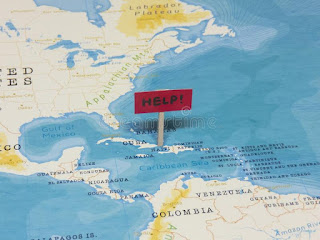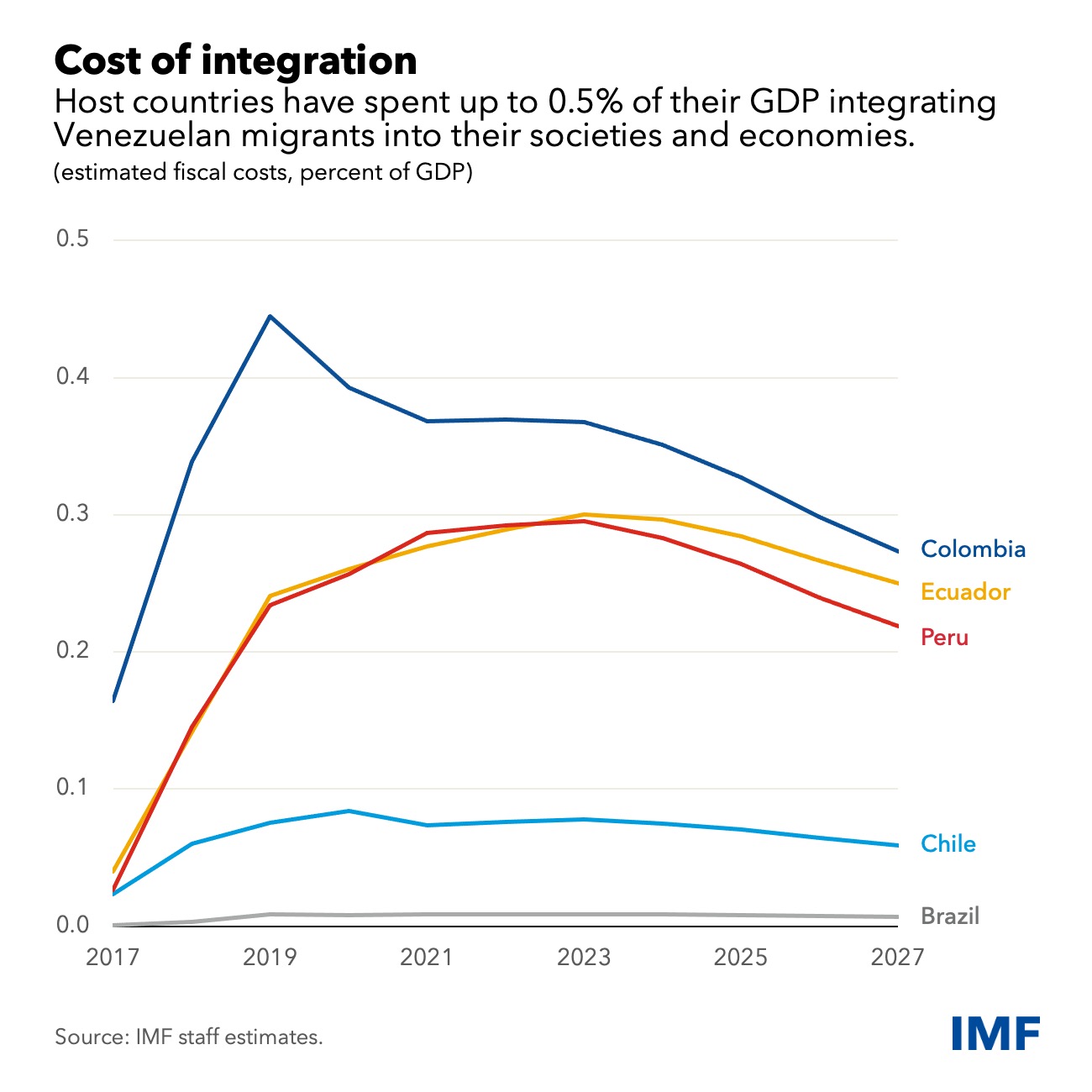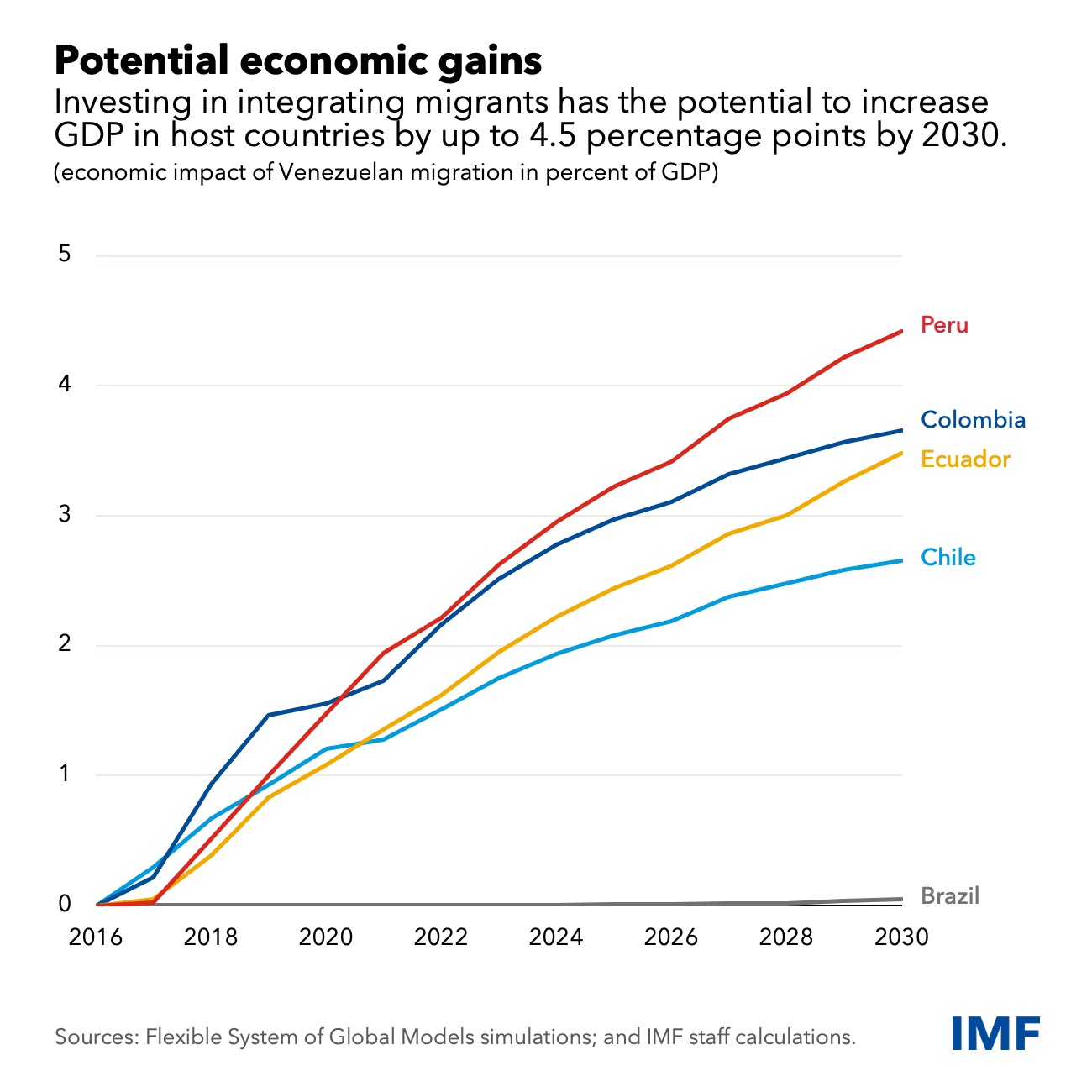by COHA Staff
From April 9 to 15, 2012, the Organization of American States (OAS) and other multilateral bodies will host the Sixth Summit of the Americas, which will take place in Cartagena, Colombia. Bogota is absorbed by this major meeting of hemispheric heads of state; according to the Spanish website Infodefensa.com, Colombia will deploy up to five thousand police officers, six planes and helicopters and three unmanned aerial vehicles (UAV), to ensure the event goes on without a hitch.[1]
Unfortunately, the Juan Manuel Santos administration has been deeply concerned that the event’s occurrence would be flawlessly staged, while at the same time it has had to face a diplomatic incident leading up to what Latin America correctly has conceptualized as an extremely important summit. Cuba, which is the only state in the Western Hemisphere that is not a de facto member of the OAS, declared its interest in attending what is certain to be a very substantive meeting of the heads of state.
This possibility became a concern for Washington, which has been at diplomatic odds with the Castro government (first Fidel and then Raul) for decades. Tensions regarding the OAS-led summit further flared up even more when Ecuador, a member of the ALBA bloc (Alianza Bolivariana para las Americas – Bolivarian Alliance for the Americas), let it be known that the ALBA bloc could possibly boycott the meeting if Havana was not allowed to participate.
This situation led to President Santos being placed in an untenable position (he would have to invite Castro to avoid an ALBA boycott but, in turn, this would have angered Washington, who would undoubtedly decide to boycott the meeting), so the Colombian head of state decided to travel to Havana to meet with the Cuban leadership. He met with Raul Castro closed doors and had the onerous chore of having to ask Castro to reconsider his intention to go to Cartagena, in order to avoid an incident with the US delegation. This incident, if it had progressed, would have presented Santos with a guaranteed diplomatic conundrum, but thankfully, this situation did not escalate. The ALBA bloc, including Venezuela, will attend the meeting in lieu of a boycott, and Castro won’t attend.[2]
Cuba, the OAS and the Santos Trip
Cuba and the OAS historically have had a troubled relationship. The island state, with its pre-revolution regime, was one of the original OAS members. The OAS was founded in 1948 as successor to the Pan American Union. After the Cuban 1959 revolution was staged, the John F. Kennedy administration pushed for the continent to politically and economically isolate Cuba after its military relationship with Soviet Moscow was acknowledged by Fidel.
The OAS suspended the Caribbean island from January 1962 until June 2009. It would take nearly five decades for there to be sufficient momentum on the continent for a major policy shift to be made regarding Cuba. In the end, even though Cuba’s membership was validated, Havana decided to dismiss its prospects for full participation and chose not to return to the OAS at this time.
This historical development occurred due to the rise of regimes in the region which have been vociferous in their criticism of US foreign policy (as can be found in Venezuela, Bolivia and Ecuador), along with the rise of powerhouses like Brazil.
In 2002, Mexico held a major international conference on financing for development, called by then-United Nations (UN) Secretary General Kofi Annan.[3] Then-US President George W. Bush was scheduled to attend, but a diplomatic impasse developed when Fidel Castro, the historical Cuban head of state, decided to attend as well. In order to avoid the embarrassment that was sure to follow, then-Mexican President Vicente Fox privately called Castro and asked him not to come, and the Cuban leader appeared to agree to this. However, even though the conversation between the two leaders was supposed to have been private, Castro actually taped their phone conversation and then made it public. In a famous line, Fox tells Castro that “puedes venir pero comes y te vas” (“you can come, but you eat and then you’ll leave”).[4]
Another causative Cuba-related diplomatic incident occurred in 2009, when Trinidad and Tobago hosted the Fifth Summit of the Americas, and there was a clash between Washington and Caracas over Havana. Even before the summit, Venezuelan President Hugo Chavez declared that it would be clear that “we’re going to Trinidad and Tobago to put that issue on the table […] from the moment the curtain goes up, Cuba will appear on the stage.”[5] Throughout the Summit, there also was concern that Chavez and his allies would follow the final declaration at the end of the meeting with one of their own as a way to protest the US embargo against Cuba.
Ironically, in spite of the tension surrounding the meeting, Obama met with Chavez, which was immortalized in an iconic photograph.[6] The US leader also stated that “the US seeks a new beginning with Cuba […] I know there is a longer journey that must be traveled to overcome decades of mistrust, but there are critical steps we can take toward a new day.”[7]
As preparations for the Cartagena summit began to take shape, rumors began to circulate that Cuba would insist in attending the summit. At first, Bogota remained neutral on this development. For example, in early February, Colombian Foreign Minister Maria Angela Holguin stated to the press that “it is not up to Colombia to invite Cuba to the Summit of the Americas.”[8]
Bogota’s position was in response to declarations made by Ecuador’s President Rafael Correa, who said that “from now on I propose that if Cuba is not invited to the Summit of Americas, no member of ALBA is to attend the summit.”[9] Correa’s statements gained some momentum as fellow ALBA members like Venezuela and Bolivia also seemed to be considering a boycott of the summit if Castro was not invited. ALBA has 11 members, all of which are OAS members (which has 34), hence a boycott would have a significant impact on the summit as it would cut the number of attending heads of state by a third. Washington has made it clear that it will not attend the meeting if Castro is present.
William Ostick, a spokesman for the State Department, said that “today’s Cuba has in no way reached the threshold of participation […] there must be significant improvements in political liberties and democracy in Cuba before it can join the summit.”[10] If Washington carries out this threat, this will continue to diminish the multilateral and institutional ties it has with the rest of the continent, at a time when we are witnessing the creation of regional bodies to which US does not belong, like UNASUR (Union de Naciones Suramericanas – Union of South American Nations) and CELAC (Comunidad de Estados Latinoamericanos y Caribeños -- Community of Latin American and Caribbean States).
To prevent the hemispheric rift from growing, in early March, President Santos traveled to Cuba to ask point blank Raul Castro not to travel to the Cartagena Summit. Given the 2002 precedent, it is understandable that Santos decided to travel to Havana instead of calling Raul Castro. As part of the aftermath, President Chavez stated that there seems to be a consensus among the ALBA bloc to attend the meeting. Nevertheless, he warned that, from the bloc’s point of view, this should be the last summit in which Cuba does not participate.[11]
Cuba and the US: No Breakthroughs On the Horizon?
In recent years there has been a rising momentum to improve relations between Washington and Havana. When President Obama was campaigning, he pledged that he would close down the detention center in the naval base in Guantanamo Bay, located in Cuba. Unfortunately he has yet to do so.
Other more ambitious initiatives included lifting the decades-old embargo on the island. Obama managed to gain enough support to lift some travel restrictions so Cuban Americans can more easily travel to the island or send money to their relatives there,[12] but the trade embargo relentlessly remains, and will continue to do so as long as the political weight in Miami continues.
Regarding the continued tensions between the two countries, in February of this year, Democratic Senator Patrick Leahy of Vermont traveled to the island and privately met with Raul Castro to pledge for the release of US contractor Alan Gross, who is serving a 15 year sentence for espionage and “smuggling illegal communications equipment and attempting to set up an Internet network that could escape government detection.”[13]
On the other hand, the US has controversially imprisoned five Cuban citizens (known as the Cuban Five), for allegedly being spies for Havana. One of the Cubans, Rene Gonzalez, was released this past October 2011 after serving 13 years in prison.[14] The global negative reaction to this political trial further undermined U.S. stature in the region.
Summits of the Americas, a Historical Source of Criticism
If anything, the tensions over whether Cuba should or will attend the Summit of the Americas adds some flavor to a hemispheric gathering that is usually critiqued for its irrelevancy. The first Summit was carried out in Miami in 1994; at the time, the OAS had former Colombian President Cesar Gaviria as Secretary General. While the 1994 summit was an important milestone regarding the initiatives for hemispheric integration, it was critiqued by Latin American specialists as a simple gathering of heads of state without much substance.
Criticism of such high-level meetings and whether anything productive ever comes out of them has continued over the past two decades. In a recent interview between journalist Andres Oppenheimer and former Peruvian President Alan Garcia, the two-time head of state downplayed the importance of these Summits. The Peruvian politician stated that such high-level encounters “[are] a dialogue for the deaf,” and that each leader “goes with a prepared speech, to read it, and to blame someone else of [his country’s] problems, usually Uncle Sam or the ‘horrendous’ international financial system.”[15]
To be fair, it is noteworthy to state that such meetings have brought about important initiatives. For example, in April 2001, during the Third Summit of the Americas, held in Quebec City, the heads of state decided to push for a new pro-democracy treaty, which would become known as the Inter-American Democratic Charter. As the Charter states, the hemispheric leaders decided to create:
“A democracy clause which establishes that any unconstitutional alteration or interruption of the democratic order in a state of the Hemisphere constitutes an insurmountable obstacle to the participation of that state’s government in the Summits of the Americas process.”[16]
Washington has never been slow to point to this clause when it comes to promoting and protecting its interests in the Western Hemisphere.
The Agencies of the OAS: Working in Obscurity
At a time when the OAS continues to be critiqued regarding how it serves Washington’s interests, it is noteworthy to highlight how the OAS has fielded a number of autonomous agencies that carry out important and relevant work for hemispheric issues. When the OAS is criticized, this is usually targeted at the Secretariat and the General Assembly, but there are various agencies that operate under the OAS umbrella, like the Pan American Health Organization, Inter-American Commission of women,[17] Inter-American Court of Human Rights, Inter-American Committee against Terrorism[18] and the Inter-American Defense Board[19] ( IADB; and its military educational wing, the Inter-American Defense College –IADC).
The IAD Board (created in 1942, which makes it older than the OAS), and the IAD College (created in 1962), throughout their existence, have been accused of being at best, irrelevant, and at worst, a “mooseclub.” In a Strategic Forum report entitled “Reforming the Inter-American Defense Board,”[20] John A. Cope, Senior Research Fellow in the Institute for National Strategic Studies (INSS) at the National Defense University (NDU), perfectly conceptualizes the issues with the IADB, explaining that:
“The reluctance of diplomats to tap the Board’s expertise, even when considering regional defense and security issues, and the IADB’s unwillingness to subordinate itself in practice to the Committee on Hemispheric Security of the OAS Permanent Council or the Secretariat for Multidimensional Security, present a serious impasse.” (P.2)
Cope also adds that, beyond senior officials, most OAS staff members have little awareness of IADB activities (P.2) and that “the IADB structure evokes an earlier period in Latin American and Caribbean history when military institutions were largely autonomous and regularly played a significant role in politics. The legacy of civil-military tension still influences thinking and actions at both the OAS and IADB.” (P. 3)
Conclusions
It appears that Cuba will not attend the summit in Cartagena after all, and the Cuban government is blaming Washington for its likely absence. Cuban Foreign Minister Bruno Rodriguez has stated that the US government has acted with “disdain and arrogance” over Havana’s intentions to participate in Cartagena.[21] The Cuban official also stated that:
“The exclusion of Cuba is probably the most notorious, most evident symbol that (these summits) are made in the image of the owner, which is the government of the United States, and they are instruments to exercise domination in a manner not at all democratic”
Indeed, the upcoming Cartagena summit has proved to be a big headache for President Santos. The Colombian leader successfully achieved a diplomatic solution for the Cuba question. At the end of the day, Santos did manage to avoid a humiliating personal defeat as he was put between a rock and a hard place by Hillary Clinton’s completely obdurate and senseless actions on Cartagena, all aimed at improving Obama’s political prospects in November. But its outcome hardly represented a brilliant victory for Santos’ image as a brave and principled new voice for Colombia and his own amazing hegira from being a defense ministry goon to earning the right to a completely renovated reputation.
After all, while Bogota no longer can be found on the wrong end of the leash regarding its diplomatic relationship with the US, the events leading up to the Cartagena summit so far are hardly a victory for him. By carrying out Washington’s wishes regarding Castro’s presence at this major gathering, the Santos presidency appears to continue being under Washington’s sphere of influence as it was during the Cold War. It seems that, when it comes to hemispheric gatherings, the US continues to reserve the right of determining who makes up the guest list. In 2012, it is correct for Latin American and Caribbean governments to advocate that they should no longer feel destined to be eternally under Washington’s narcotic policy spell.
To review sources, please click
here
The Council on Hemispheric Affairs, founded in 1975, is an independent, non-profit, non-partisan, tax-exempt research and information organization. It has been described on the Senate floor as being "one of the nation's most respected bodies of scholars and policy makers." For more information, visit
http://www.coha.org/ or email
coha@coha.org
April 5, 2012
caribbeannewsnow







